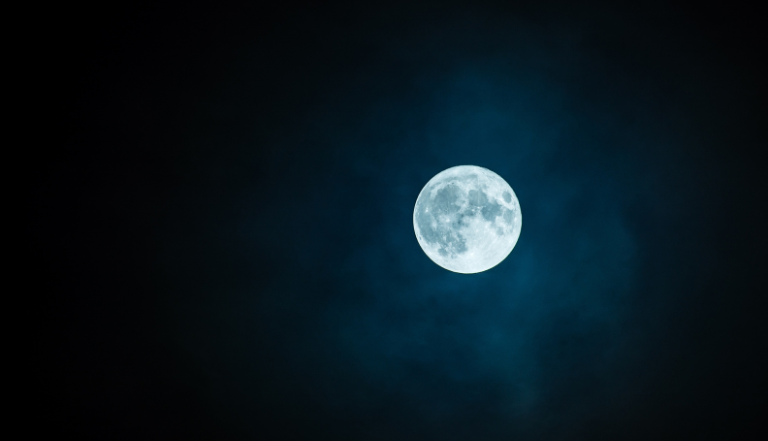“But when Orion and Sirius are come into midheaven, and rosy-fingered Dawn sees Arcturus, then cut off all the grape-clusters, Perses, and bring them home… But if desire for uncomfortable sea-faring seize you when the Pleiades plunge into the misty sea to escape Orion's rude strength, then truly gales of all kinds rage….”
So wrote Hesiod in his epic Works and Days. This poem, perhaps most famous for its tale of Pandora and her jar, also contains valuable insights on ancient Greek timekeeping. By looking to the heavens and observing the stars (Orion, Sirius, Arcturus, the Pleiades) we can fairly accurately estimate the time of year – important for sewing crops, hewing wood and sailing ships in 700BC.
Throughout the 2700 years since Hesiod and Perses, the problem of accurate timekeeping has continued to challenge humanity, and we have continued to find solutions through our understanding of celestial bodies. While technology has moved beyond the sail mast and the field plough, the task of precisely and accurately measuring time is still necessary for the modern era. A ubiquitous example is the functioning of the Global Positioning Satellite (GPS) system, which requires precise timekeeping technology to correctly infer position from received signals.
Many successful innovations seek to solve the problem of keeping time for Earth applications. However, as momentum for space exploration and habitation increases, a new problem is emerging – what do we do about the Moon?
We are returning to the Moon (and, this time, we are staying). However, the Moon is very different from the Earth, and these differences generate new questions about keeping time. Some are more administrative (e.g. what will the timezone be?), but others are more technical. For example, due to General Relativity and the lower mass of the Moon, time on the Moon passes slightly differently to time on Earth. A Lunar clock may gain around 56 microseconds per day (with the actual amount depending on the position of the clock relative to the Moon itself).
56 microseconds may not sound like much, but when we note that GPS schemes operate on nanosecond latencies (i.e. one thousandth of a microsecond), and quantum communication techniques send pulses with durations on the order of picoseconds (1 millionth of a microsecond), we can see some significant technical challenges begin to emerge. Precise synchronicity of communications between Earth, Lunar orbit and the Lunar surface will need careful thought as we establish a permanent presence.
In response to these challenges, space agencies have started to consider how to keep time on the Moon. As discussed in this ESA statement, proposals for a Lunar time zone have been put forward, and discussions begun on how best to tackle technical issues. Any technical solutions to the technical problems posed will need to be practical for astronauts, but also ensure smooth operation of telecommunications hardware in space.
Alongside these policy-based conversations, those working in the technical aspects of Lunar timekeeping would be wise to note that, given the context of the recognised technical challenges, there is every possibility that intellectual property will exist in their developed technical solutions.
In European patent practice, technical solutions to technical problems lies at the heart of what we mean by the word “invention” – indeed, at the European Patent Office (EPO), this concept is an essential part of their examination of patent applications and whether an invention is sufficiently “inventive” to be granted a patent. When presented with a patent application, the EPO examiner will consider what technical solution is being provided to what technical problem, and will make an assessment whether the solution of the invention is sufficiently non-obvious to be granted a patent.
Thus, if you are unsure whether valuable intellectual property has been generated alongside your technical achievement, a useful guide may be to consider whether the invention has solved a technical problem in a particularly clever way. If so, you can’t go wrong by seeking the advice of a patent practitioner to see what may be protected. After all, securing grant of a patent can be of significant help when taking steps to commercialise your R&D in this emerging market.



